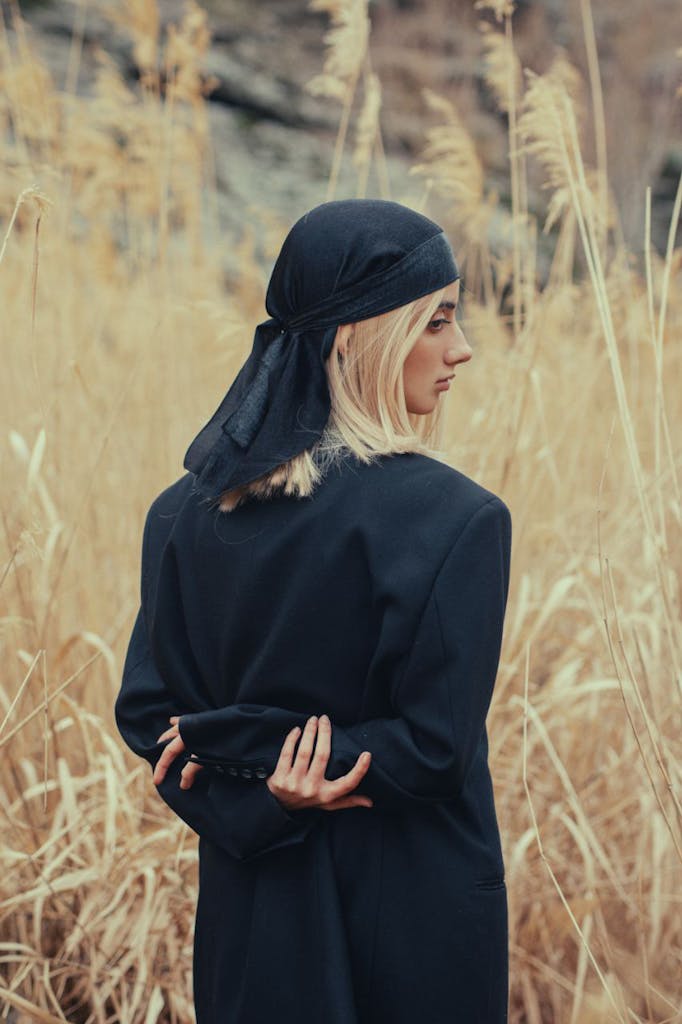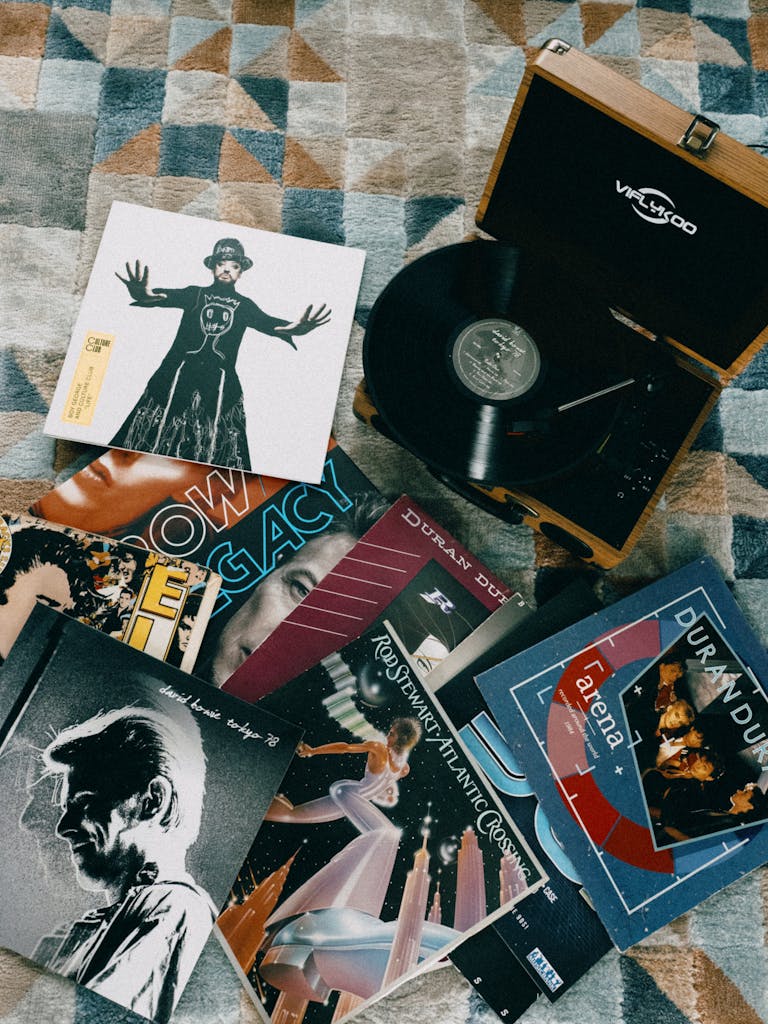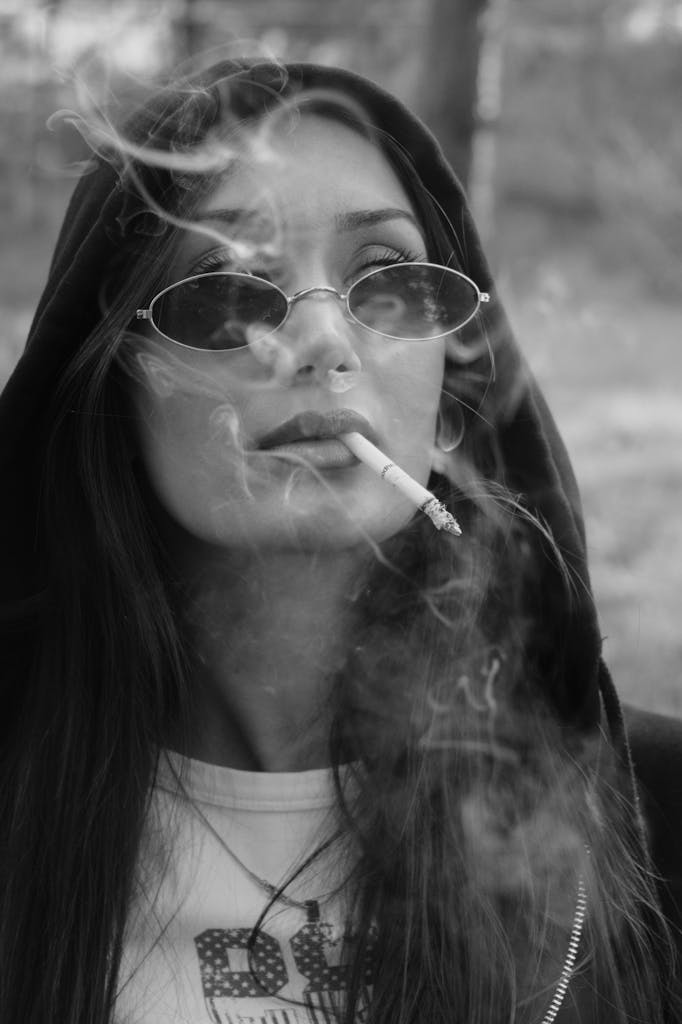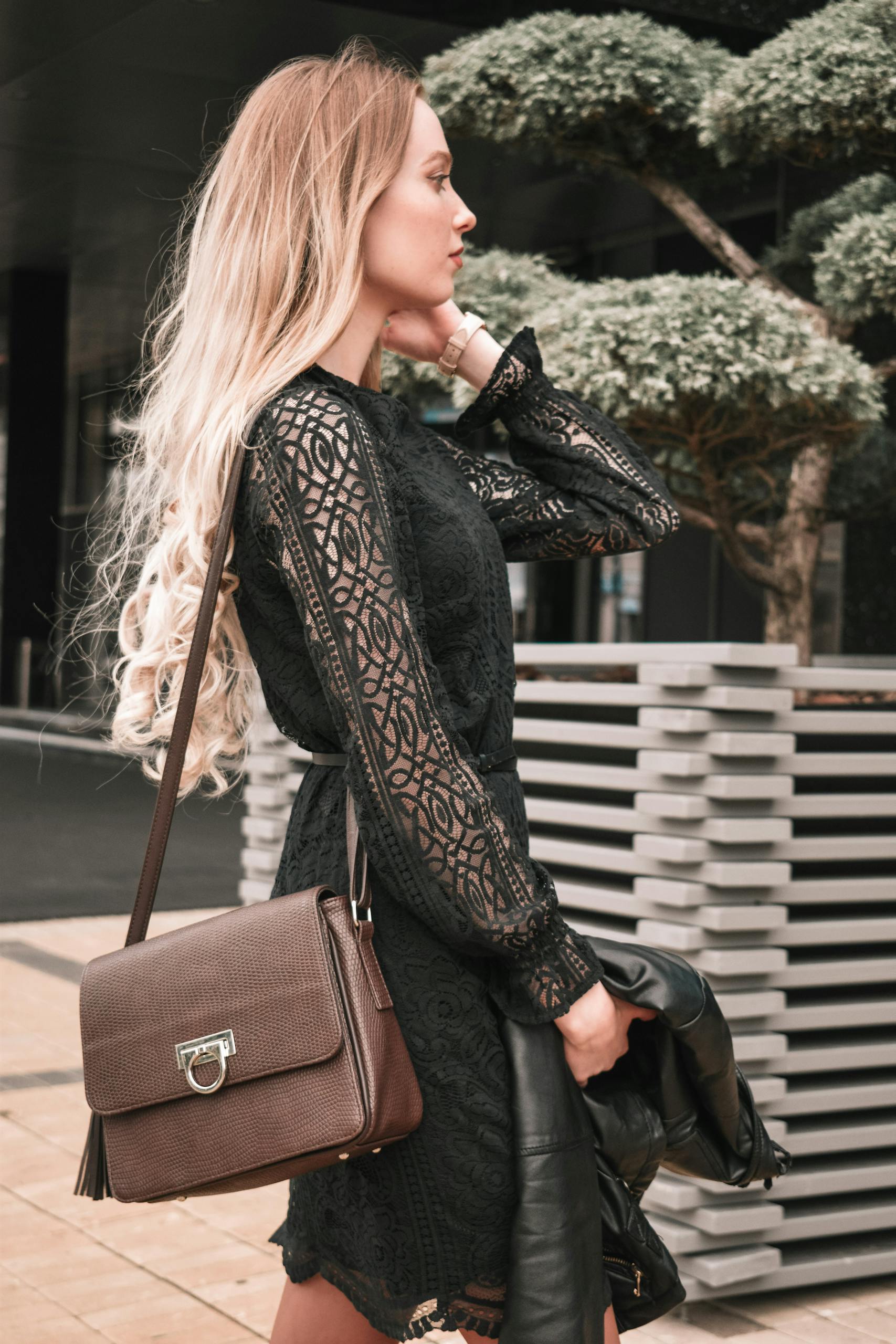Fashion is a dialogue between eras—a reinterpretation of past movements that reemerge, reframed and refined, to meet the needs of the present. Boho Moto, at its core, is a study in contrasts: unstructured ease meeting sharp defiance, softness woven into armor. It is both a response to tradition and a rebellion against it, merging the bohemian wanderer’s fluidity with the moto rider’s unapologetic edge.
But where does this aesthetic originate? And how has it evolved through time?
The Roots: Where Boho Meets Moto
Two philosophies anchor this aesthetic—bohemianism and moto culture—each shaped by resistance and movement.
🌿 Bohemianism, originally associated with 19th-century European artists, writers, and wanderers, rejects rigid societal structures. It favors flowing silhouettes, textured fabrics, and an unrestrained, lived-in aesthetic—clothes shaped by experience, not convention.

🔥 Moto culture, by contrast, finds its edge in mid-20th-century rebellion. Leather jackets, structured boots, silver hardware—these are symbols of defiance, protection, and independence. The motorcyclist aesthetic arose out of necessity (durable, functional gear for riding) but transformed into an attitude, a signal of urban cool.
Over time, Boho Moto became the fusion of these two ideals—the softness of movement meeting the sharpness of rebellion. A paradox woven into fashion.
Boho Moto Through the Eras
☀️ 1970s—Boho’s Golden Era Meets Rock & Rebellion
The 1970s defined bohemian dressing—flowy maxi dresses, lace blouses, rich textures—but rebellion simmered beneath. Rock icons adopted a fusion of biker-inspired leather with dramatic boho flair, pairing moto jackets with airy silhouettes. Stevie Nicks’ romantic mysticism blended with Joan Jett’s hard-edged defiance, setting the foundation for Boho Moto’s aesthetic duality.

🔥 1990s—Grunge & The New Edge
Boho Moto took a darker, moodier turn in the 1990s, influenced by grunge’s nonchalant, undone style. Flowy slip dresses were layered with moto jackets, Doc Martens grounded ethereal skirts, and leather’s roughness contrasted against delicate lace. Designers like Helmut Lang and Ann Demeulemeester leaned into minimalism with edge, creating a refined yet rebellious look.

⚡ Early 2000s—The Festival Era of Boho Moto
As boho dressing surged back into popularity (think Ballet Flats & Kate Moss at Glastonbury), the biker boot remained an essential counterpart. Free-flowing silhouettes were often offset with structured leather, leading to a renaissance of the Boho Moto contrast—softness framed by rawness.
🌿 Today—Boho Moto Refined for the Modern Wanderer
In 2025, Boho Moto is a study in balance—it leans into the minimalism of structured accessories, favoring high-quality materials over excessive detailing. The biker boot evolves into the ballerina flat, the moto jacket is softened with earthy linens, and the aesthetic takes on a more curated, intentional presence.
Why Boho Moto Endures
Boho Moto persists because it speaks to something deeper than trend—it is an expression of autonomy, artistry, and movement. It refuses to be confined, yet it is deliberate. Every element in this aesthetic exists in a conversation—flowing fabrics softened against structured hardware, organic earth tones balanced with urban black, vintage silhouettes meeting contemporary refinement.


